Even people who don’t like classic motorcycles have heard of the BSA Gold Star. It’s a clear-cut classic bike icon. Its pre-war roadgoing counterpart is rather less well known, however. We featured the 500cc ohv Silver Star in the March magazine, and found some rather wonderful original images in the archive. There’s not a lot of space to see all the detail in print, so here they are in glorious web-o-vision…
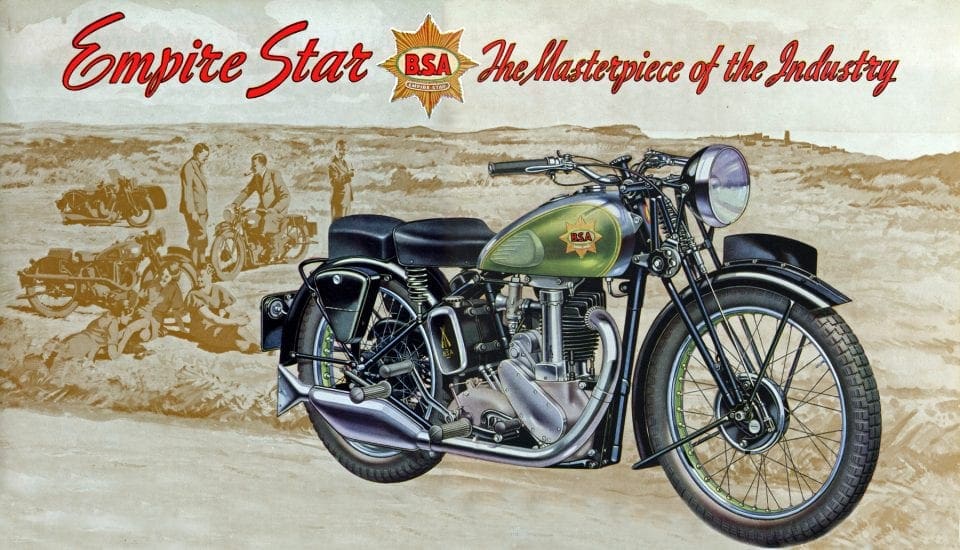
Designer Valentine Page gave BSA’s range a complete revamp for the 1937 season. The 500cc M23 Empire Star took star billing with its neat and tidy motor. ‘All moving parts are totally enclosed,’ announced BSA, ‘and lubricated by a continuous oil circulation thus giving long life to valves, guides, rockers and pushrods’
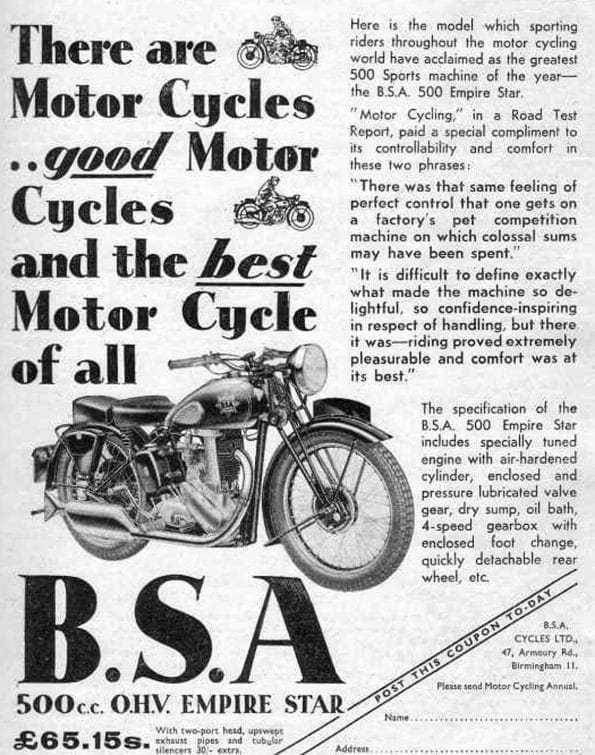
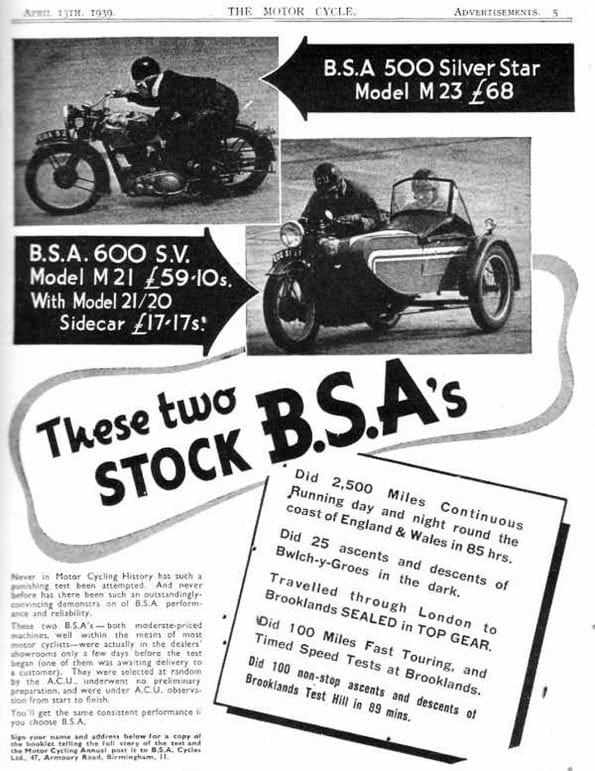
After Wal Handley completed three laps of the Brooklands circuit at an average speed of 102.3mph on a Wednesday afternoon in June 1937, the M23 was vaunted as the ‘masterpiece of the industry’ – the ‘best motorcycle of all’ if you believed the hype
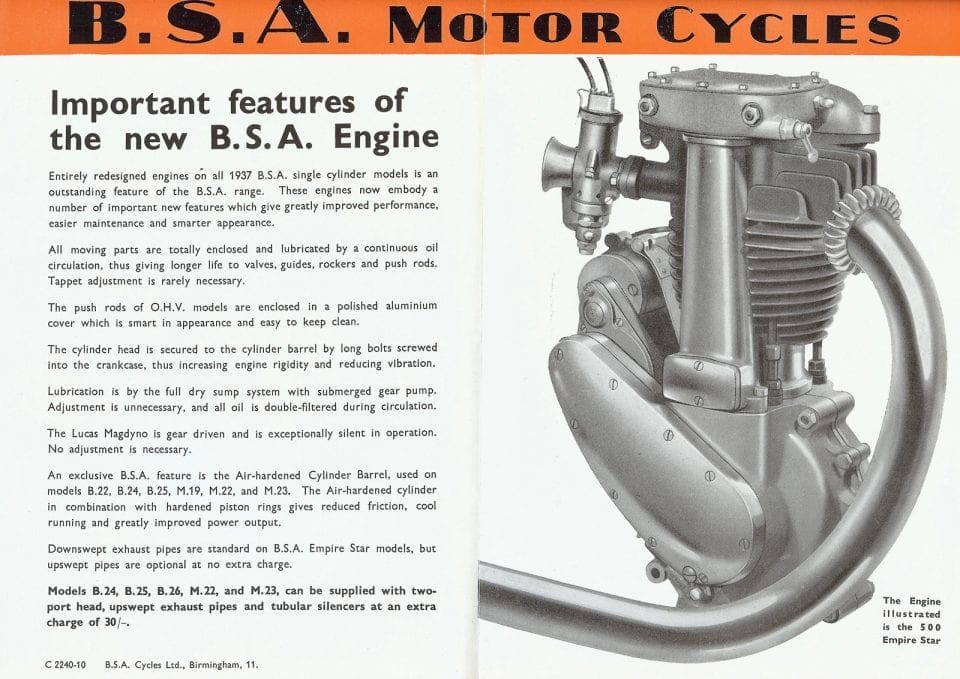
For 1939 the M23 metamorphosed into the chrome-clad Silver Star; almost identical to the Empire Star apart from its new smart suit
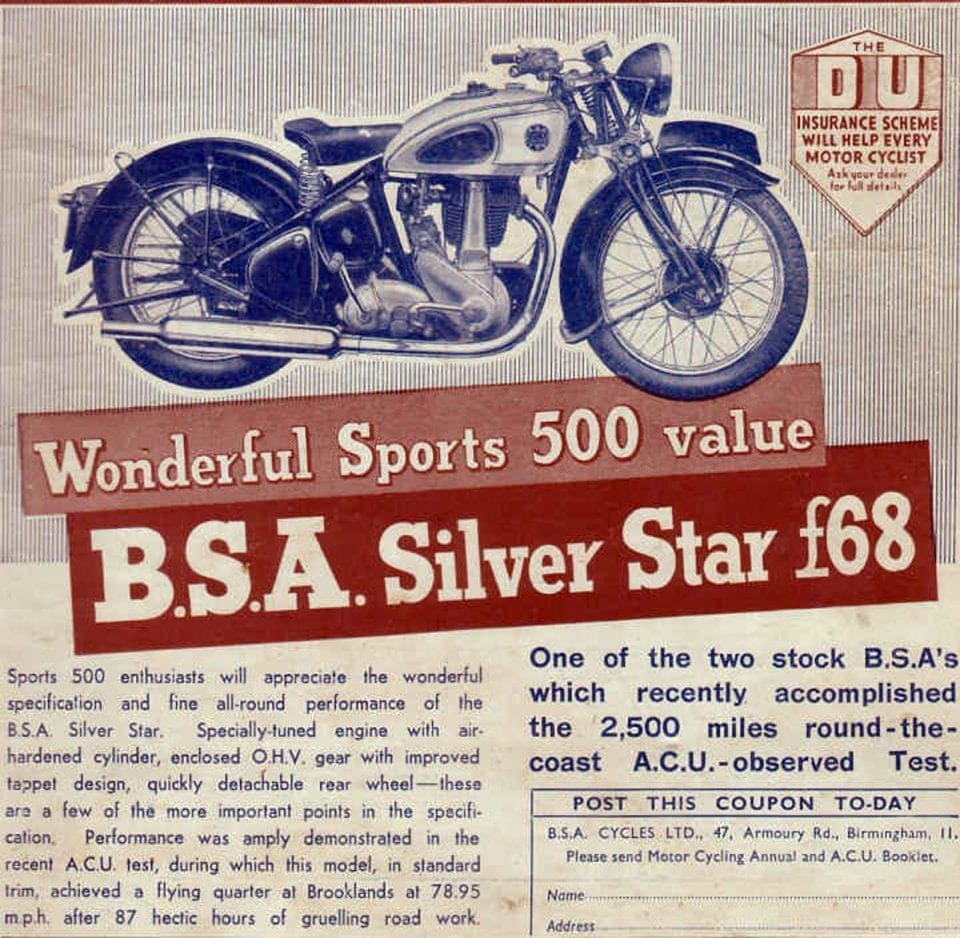
By 1940, the final year of Silver Star production, the M23’s list price had risen to £73
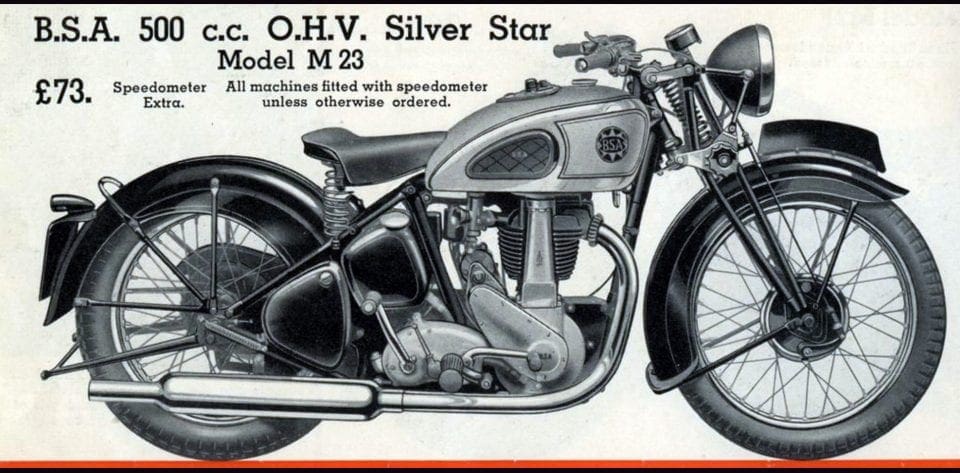
BSA built fewer than 500 M24 Gold Stars before the war. Not a lot of people know this, but the fabled ‘gold star’ was a small, star-shaped gilt lapel badge with ‘100’ on it which was awarded by the British Motor Cycle Racing Club to any rider who lapped at over 100mph at an official club meeting. Unlike ships, which could win any number of Blue Ribands, an individual could only ever earn one gold star in a lifetime
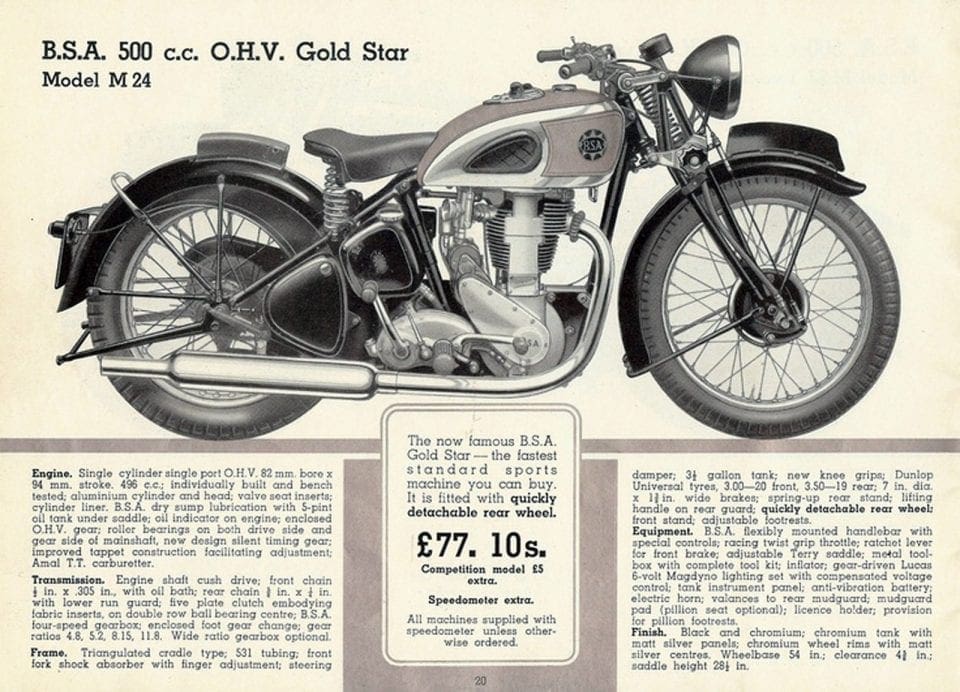
———
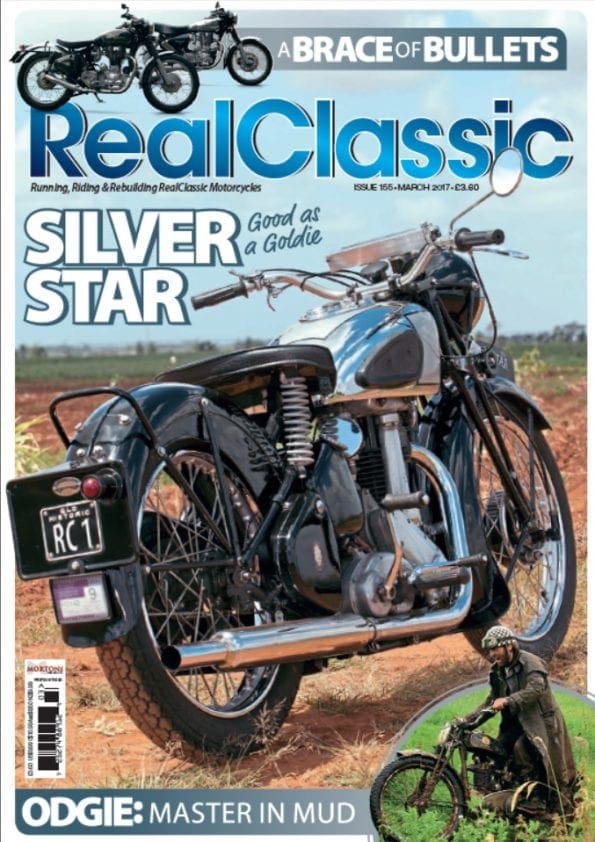 The full story of the Silver Star is in RC155.
The full story of the Silver Star is in RC155.
You can order a print copy or download the digital version here




